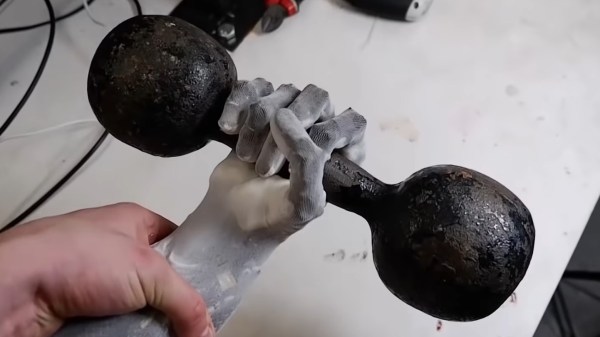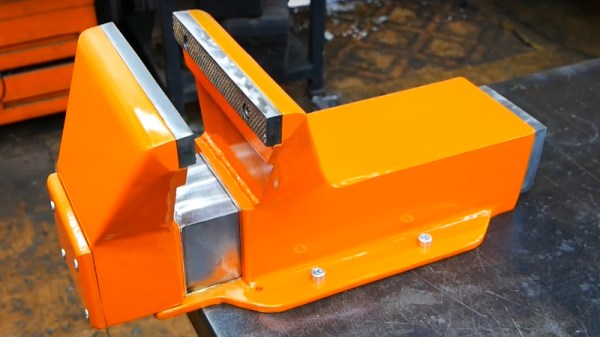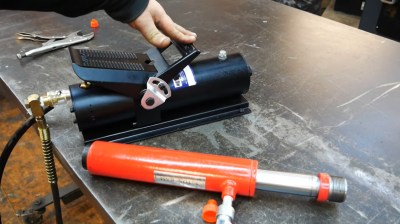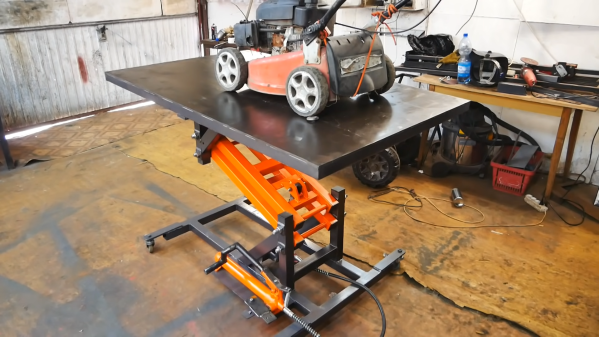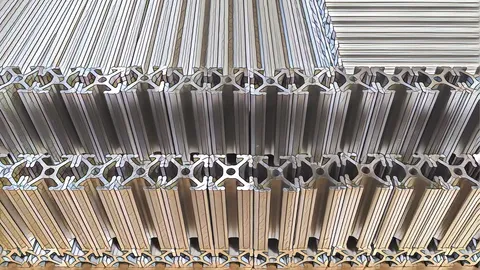Linear actuators are a great help when you’re moving something along a single axis, but with so many options, how do you decide? [Jeremy Fielding] walks us through some of the high level tradeoffs of using one type of actuator over another.
There are three main types of linear actuator available to the maker: hydraulic, pneumatic, and electric. Both the hydraulic and pneumatic types move a cylinder with an attached rod through a tube using pressure applied to either side of the cylinder. [Fielding] explains how the pushing force will be greater than the pulling force on these actuators since the rod reduces the available surface area on the cylinder when pulling the rod back into the actuator.
Electric actuators typically use an electric motor to drive a screw that moves the rod in and out. Unsurprisingly, the electric actuator is quieter and more precise than its fluid-driven counterparts. Pneumatic wins out when you want something fast and without a mess if a leak happens. Hydraulics can be driven to higher pressures and are typically best when power is the primary concern which is why we see them in construction equipment.
You can DIY your own linear actuators, we’ve seen tubular stepper motors, and even a linear actuator inspired by muscles.




